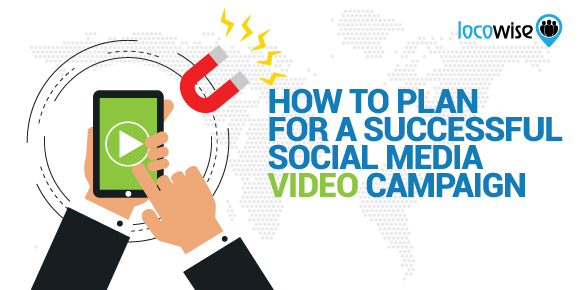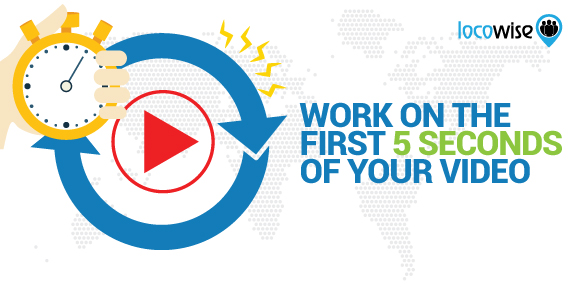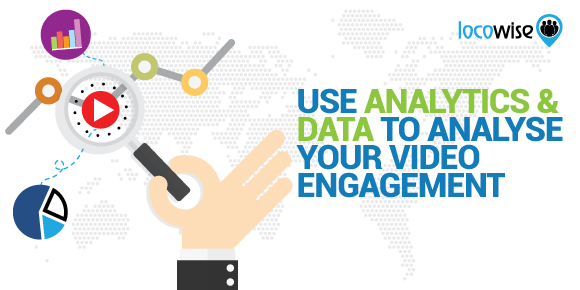How To Plan For A Successful Social Media Video Campaign
Sahail Ashraf posted on 3 October 2017
Video doesn’t need to be accidental. If your clients have video as part of their social media marketing work, it’s important that an agency knows how to squeeze more value out of the moving image. It is absolutely possible to use video to sell more.
You just need to be aware of what happens when a viewer sees a video, and their behaviour afterwards. To put it simply, just shooting a video and throwing it out there isn’t enough. You have to know the process the audience goes through. This makes for better videos, and more sales.

The slap to the face
Okay, we’re not recommending that you slap anyone in the face, much less your audience. That hurts. But you can use video to give them a virtual slap in the face. This is the only way, in fact, to gain any kind of momentum with video on social media.
What it entails is your creatives focusing on making the video so arresting and so disruptive in the first five seconds so that the audience is hooked. They have to be intrigued, entertained, and they must have their curiosity piqued. If this does not happen, they will simply switch off.
You know how this works. We have all seen those viral videos that grab us and then don’t let go to the very last second. But things have gone up a level in the last twelve months or so. Now it’s about every video you create being ‘viral’ or at least something close to viral in its approach.

So arrange to have the video done. Then work it so those first five seconds are perhaps the funniest, weirdest or just plain bonkers five seconds the world has ever seen.
Go back to the old school marketing
We are not recommending you start up a direct mail campaign any time soon, or that you go door-to-door. But traditional marketing, or rather traditional selling, is alive and well on social media.
What this means is going back to ‘how to sell’. Professional salespeople don’t just pick up the phone and start talking. They work through a set of benefits of their product in their head, and then contextualise those benefits in a problem. If they know the audience, they pick a problem that is causing some considerable pain.
So when you create a video and use it to market your brand, you should be thinking of a number of benefits that the product has. Then, your video should focus, in the first 30 seconds, on the problem itself.
So if you’re creating a video around the new blender your brand has for sale, spend the first thirty seconds of a video showing a blender that is basically failing. That’s the problem. Then, once the audience has seen the problem and can relate to it, use the video to present solutions.
If anything, this makes your videos better as regards to their structure. And they immediately become ‘plug and play’ videos for marketing. Videos don’t have to be incredibly flashy. If you’re going down this old school presentation route, as long as your benefits solve the problem, there’s no need to break the bank.
Is video worth your while?
We’re including this piece of advice because it could save brands a lot of money. Unless you have an incredibly striking product to sell, or something that is unique, video may be challenging. Your competitors will either have got there first or just have pulled out better videos that work harder.
Some products or services may not be enhanced by using video of course. This isn’t always the case, and some ‘boring brands’ can use humour, for example, to get a lead on their competitors. But don’t be afraid of asking if video is actually where you need to be.
Focus on quality, then get comfortable
This may be the hardest thing for brands to hear, but successful video marketing takes time. It can actually take up to 20 exposures to a brand and its message before a prospect buys. This does not mean it’s not worth bothering with, but it does mean that hard work and a focus on quality will pay off.
So if you’re producing videos for your client and they are complaining about the wait time, be real about it. Tell them it can take 20 separate exposures before anyone wants to buy.
This may need to be explained before you embark on a video campaign. It Is well worth being honest here though, because a successful video will do the work and when it is gaining engagement, it feels so much better if you are patient.

Validity
No one buys from a person they don’t trust. Ensuring that you have all your accolades and awards made very visible in the video is essential. If you have been featured in a magazine, on TV, or even in a highly successful podcast, make sure that you have this identified towards the end of the video.
People will have been entertained, seen the problem and your solution, and they will feel better when you let them know about the past success. It validates you and instantly builds trust.
We think video is one of the best mediums around, but we know it has limitations. You may get a lot of traffic to the video, for example, but no click through. It is actually quite difficult to get people to buy off the strength of a video, no matter how amazing it is.
After watching a video and clicking through to the landing page or your website home page, you will have to give them both a compelling reason to stay on your site, as well as all the information they need to make a buying decision.

Take a look, using your analytics and data, and find out what the engagement rate is for a video, first of all. If it is high and there is no buying going on, then head on over to the website or page and see what visitors are doing after they click through.
You could have the best, the most effective video in the world, but if there is no easy and trusted route to buying, it will be a complete waste of time.
Want to have analytics that shows your client you mean business? We are offering seven free days of our celebrated Locowise metrics platform. From simple data on reach to full-blown social media audits, it’s all there in one place.




